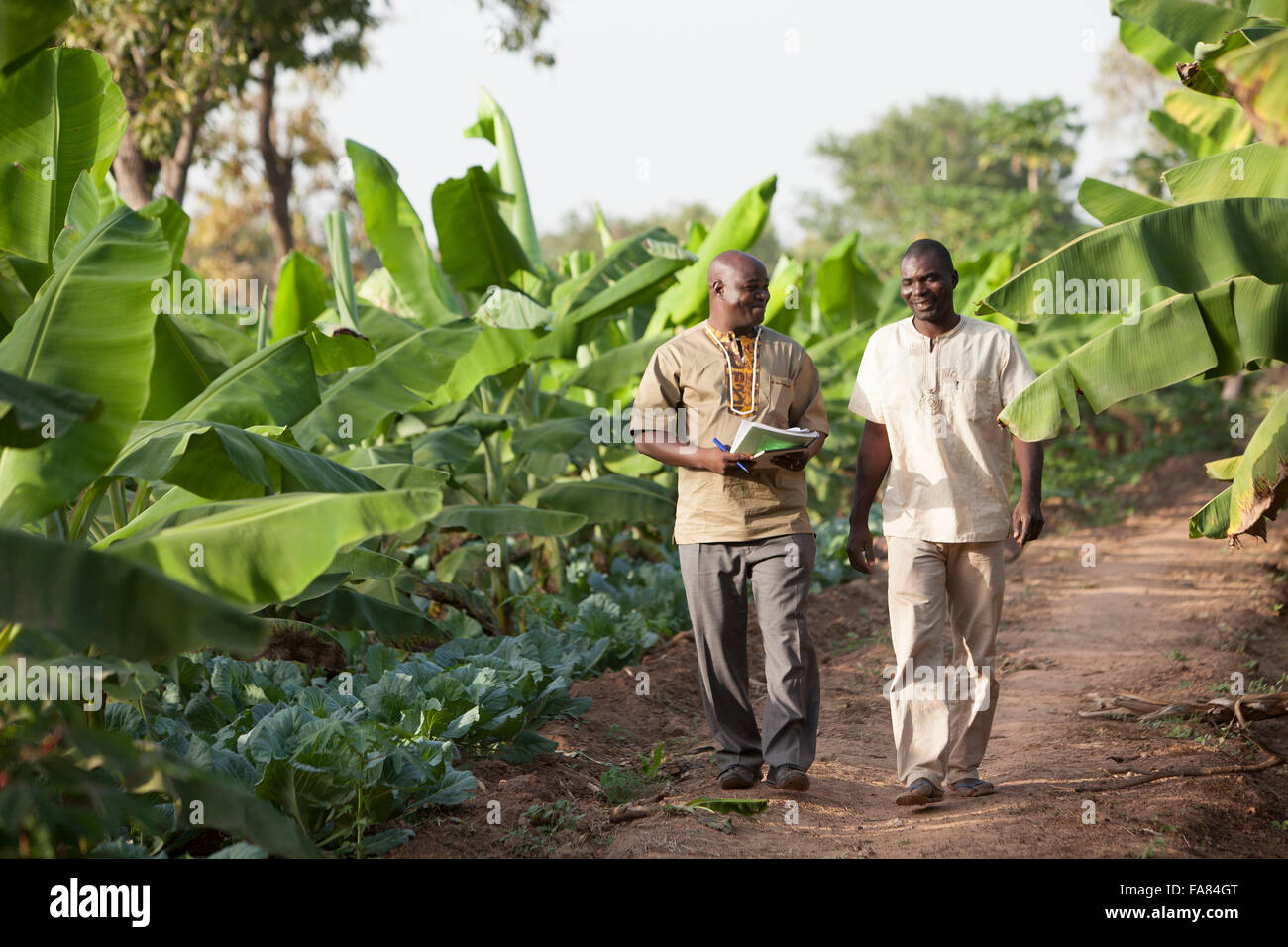Benefits and Challenges of Commercial Farming vs Subsistence Farming Explained
Benefits and Challenges of Commercial Farming vs Subsistence Farming Explained
Blog Article
Discovering the Differences In Between Commercial Farming and Subsistence Farming Practices
The duality between industrial and subsistence farming practices is noted by differing purposes, functional scales, and source utilization, each with profound effects for both the atmosphere and society. Business farming, driven by profit and performance, typically uses innovative modern technologies that can bring about considerable environmental issues, such as dirt deterioration. On the other hand, subsistence farming emphasizes self-sufficiency, leveraging standard techniques to maintain home needs while supporting neighborhood bonds and social heritage. These different methods increase appealing concerns concerning the equilibrium in between economic growth and sustainability. Exactly how do these divergent techniques shape our globe, and what future directions might they take?
Economic Purposes
Financial goals in farming methods often dictate the methods and range of operations. In commercial farming, the main economic objective is to take full advantage of profit. This calls for an emphasis on efficiency and productivity, achieved via sophisticated modern technologies, high-yield crop varieties, and substantial usage of fertilizers and chemicals. Farmers in this version are driven by market needs, intending to produce large amounts of commodities available for sale in nationwide and international markets. The emphasis gets on achieving economic situations of scale, ensuring that the price each result is reduced, thereby increasing success.
In comparison, subsistence farming is mostly oriented in the direction of meeting the immediate requirements of the farmer's household, with excess manufacturing being very little - commercial farming vs subsistence farming. While business farming is profit-driven, subsistence farming is centered around sustainability and durability, reflecting a fundamentally different set of financial imperatives.

Scale of Workflow
The difference in between industrial and subsistence farming ends up being particularly evident when considering the range of operations. The range of business farming permits for economic situations of range, resulting in reduced expenses per unit via mass production, enhanced effectiveness, and the capability to invest in technical developments.
In raw comparison, subsistence farming is typically small, focusing on generating simply enough food to meet the immediate needs of the farmer's household or local community. The land location associated with subsistence farming is typically restricted, with less access to modern-day technology or automation. This smaller sized scale of procedures reflects a dependence on traditional farming methods, such as manual work and easy tools, causing lower productivity. Subsistence farms prioritize sustainability and self-sufficiency over earnings, with any excess generally traded or traded within local markets.
Source Usage
Business farming, identified by large operations, usually uses advanced technologies and automation to maximize the use of sources such as land, water, and fertilizers. Accuracy farming is increasingly embraced in commercial farming, utilizing information analytics and satellite technology to check crop health and wellness and optimize resource application, additional improving return and source effectiveness.
In contrast, subsistence farming runs on a much smaller scale, mostly to fulfill the prompt demands of the farmer's home. Source usage in subsistence farming is commonly restricted by economic restraints and a reliance on standard techniques.
Environmental Impact

Conversely, subsistence farming, exercised on a smaller sized range, normally more tips here utilizes conventional strategies that are much more in harmony with the surrounding setting. While subsistence farming normally has a reduced ecological footprint, it is not without difficulties.
Social and Cultural Implications
Farming methods are deeply linked with the cultural and social material of communities, influencing and reflecting their worths, traditions, and financial structures. In subsistence farming, the emphasis is on growing adequate food to fulfill the instant demands of the farmer's family members, frequently fostering a solid sense of community and shared obligation. Such practices are deeply rooted in regional traditions, with understanding passed down through generations, consequently preserving cultural heritage and enhancing public ties.
On the other hand, business farming is mainly driven by market demands and earnings, often resulting in a change in the direction of monocultures and large-scale procedures. This method can cause the erosion of typical farming practices and cultural identities, as local customizeds and understanding are replaced by standardized, commercial approaches. The focus on efficiency and profit can in some cases decrease the social communication found in subsistence communities, as financial deals change community-based exchanges.
The dichotomy between these farming techniques highlights the wider social effects of farming selections. While subsistence farming sustains cultural connection and area connection, business farming lines up with globalization and financial development, commonly at the cost of standard social structures and multiculturalism. commercial farming vs subsistence farming. Stabilizing these aspects stays a vital obstacle for sustainable agricultural growth
Conclusion
The evaluation of commercial and subsistence farming methods exposes substantial differences in objectives, scale, resource use, ecological impact, and social ramifications. Conversely, subsistence farming emphasizes self-sufficiency, using local resources and conventional methods, thereby promoting social conservation and neighborhood communication.
The duality in between commercial and subsistence farming methods is marked by differing purposes, functional ranges, and resource you can try here utilization, each with extensive ramifications for both the environment and society. While commercial farming is profit-driven, subsistence farming is focused around sustainability and strength, reflecting an essentially different collection of economic imperatives.
The distinction in between commercial and subsistence farming the original source becomes particularly apparent when taking into consideration the range of procedures. While subsistence farming supports social connection and community connection, commercial farming aligns with globalization and economic growth, frequently at the price of typical social frameworks and social diversity.The exam of commercial and subsistence farming practices exposes substantial differences in goals, scale, source use, ecological influence, and social implications.
Report this page